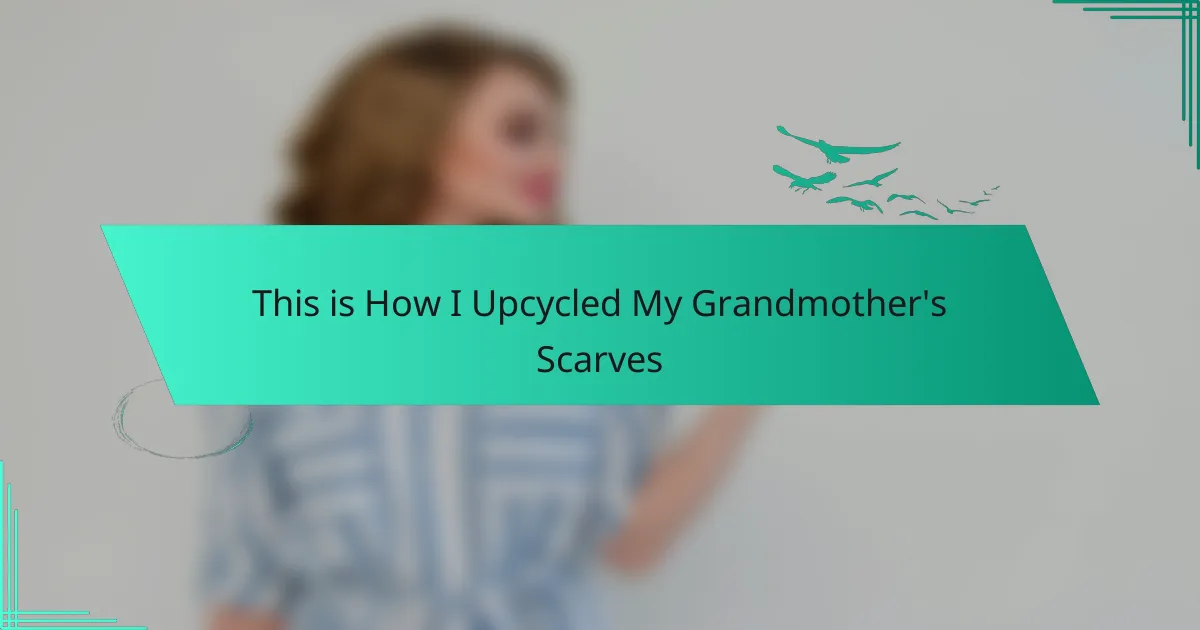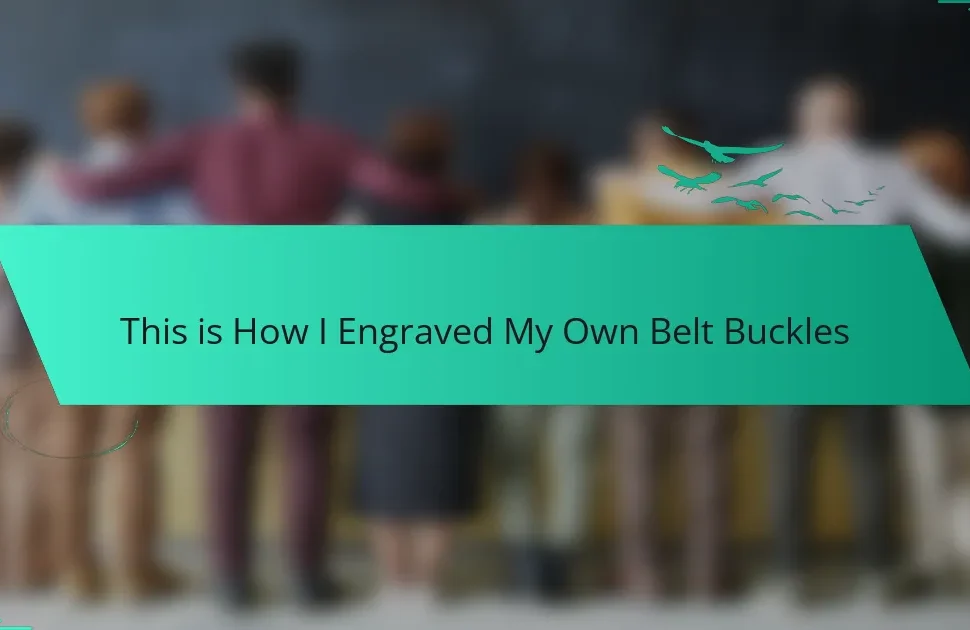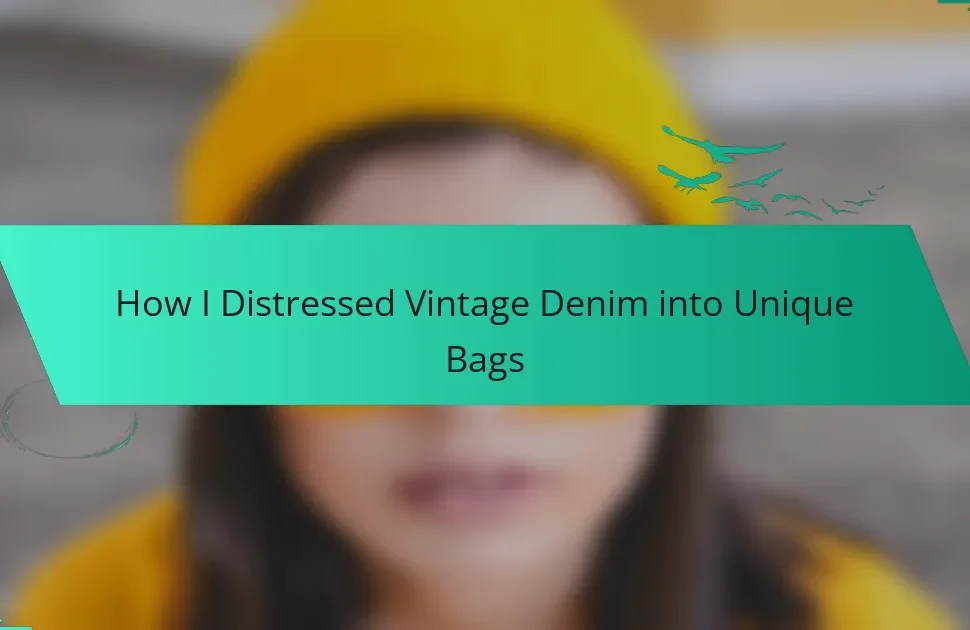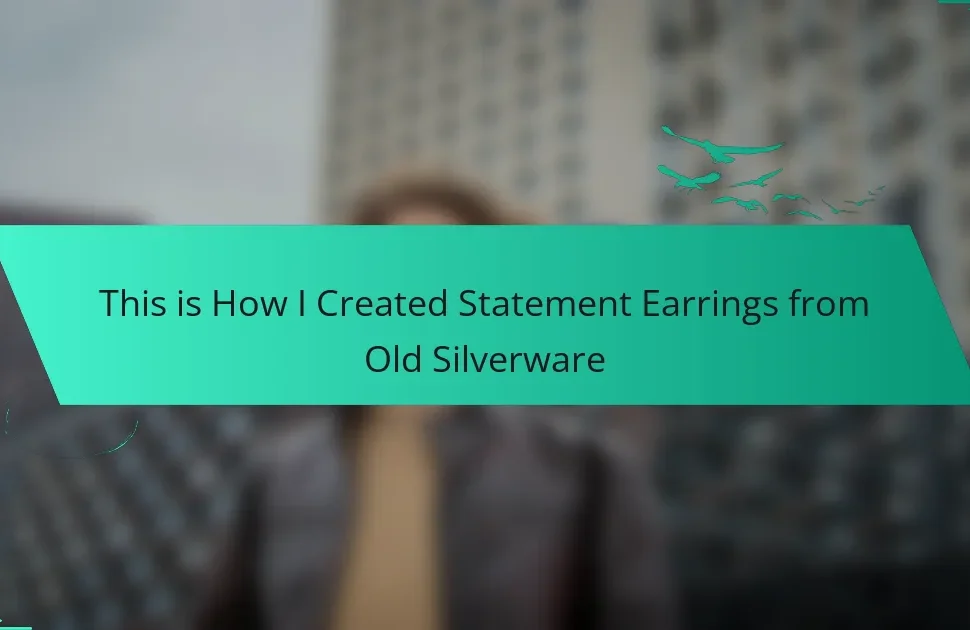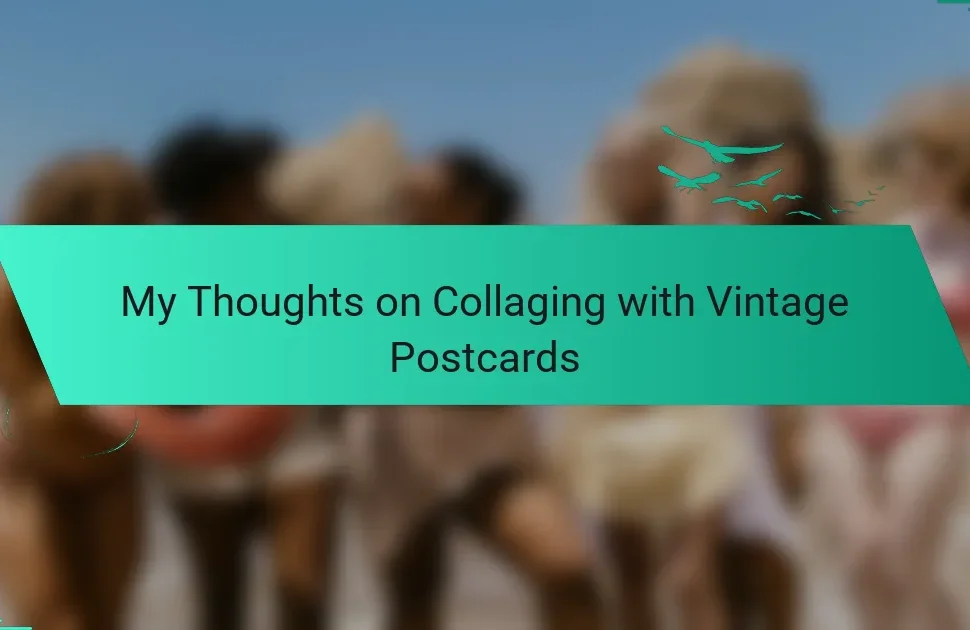Key takeaways
- Upcycling transforms old fabrics into unique fashion items, fostering creativity and honoring personal memories.
- It promotes sustainability by reducing textile waste and encouraging a circular economy.
- Personal connections to materials enhance the upcycling process, making it both rewarding and nostalgic.
- Simple techniques like knotting, painting, and sewing can lead to innovative and functional creations.
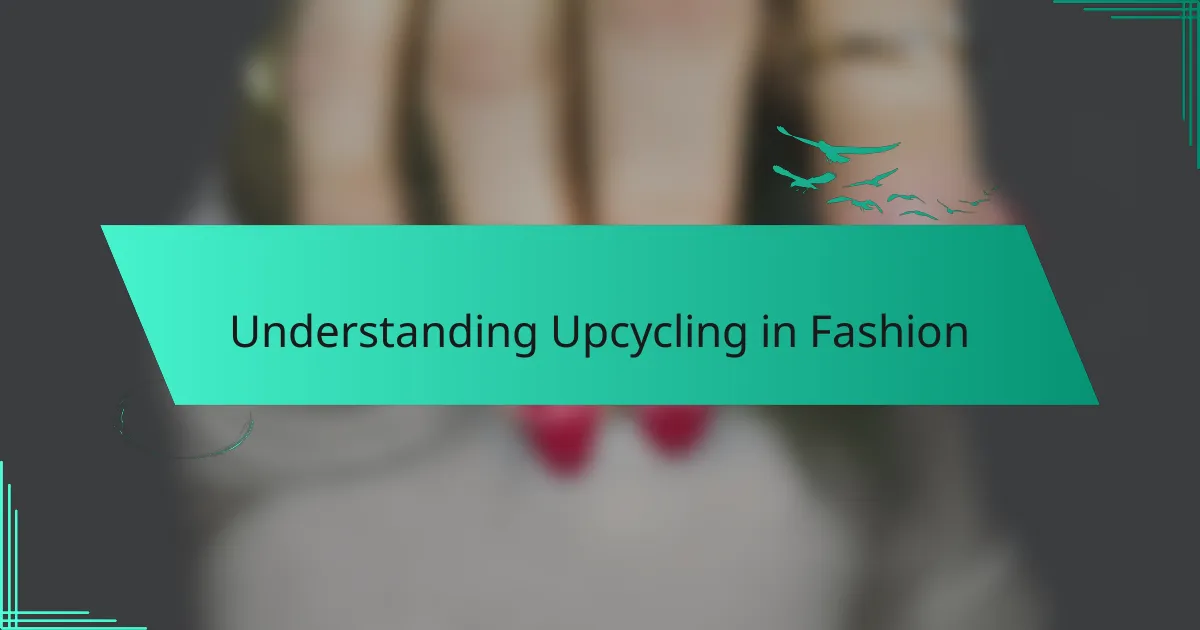
Understanding Upcycling in Fashion
Upcycling in fashion is a wonderful way to breathe new life into old pieces, turning them into something uniquely beautiful. For me, upcycling became a heartfelt journey when I discovered my grandmother’s collection of scarves tucked away in a dusty box. Each scarf told a story, and transforming them into wearable art felt like honoring her legacy while embracing a sustainable approach to fashion.
What makes upcycling so special is not just the creative process, but the emotional connection to the materials. I remember spending an afternoon experimenting with patterns, looking for ways to combine different fabrics, and feeling an immense sense of joy every time I completed a piece. It’s about more than just aesthetics; it’s about rekindling memories and celebrating the past.
- Reduces textile waste by giving old fabrics a second chance.
- Encourages creativity by allowing individuals to design one-of-a-kind pieces.
- Saves money compared to buying new items, making fashion more accessible.
- Protects the environment by minimizing the carbon footprint associated with clothing production.
- Connects generations through the stories and sentiments attached to vintage items.
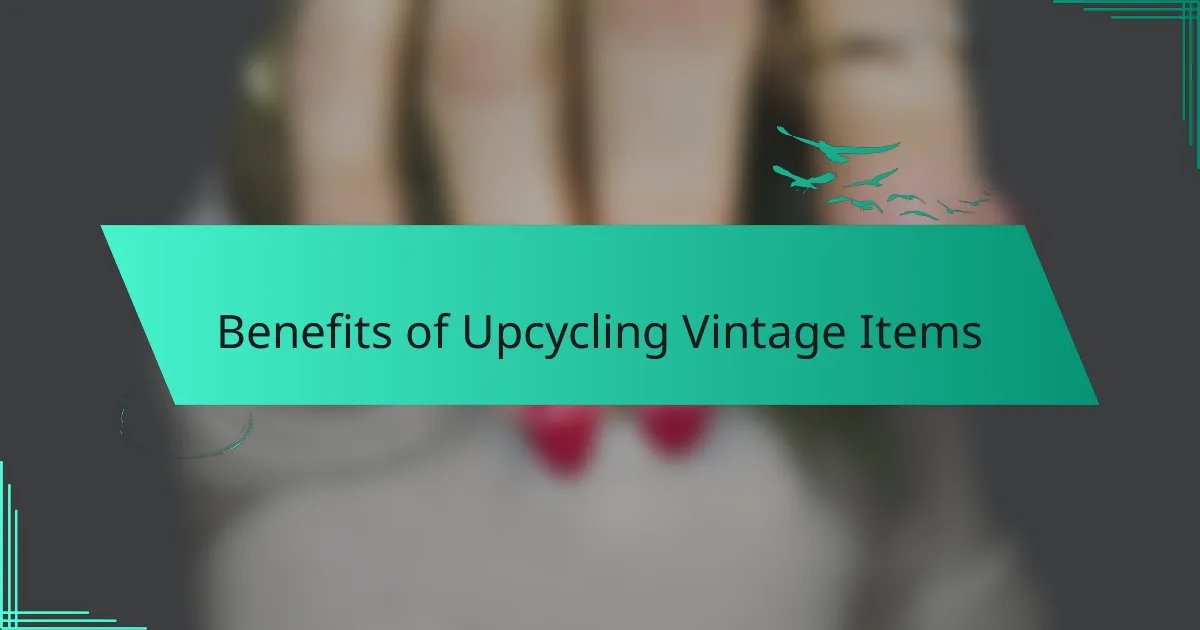
Benefits of Upcycling Vintage Items
Upcycling vintage items is not only an eco-friendly choice, but it also allows for extraordinary creativity and self-expression. For me, transforming my grandmother’s scarves into unique accessories sparked joy and nostalgia. Each piece carries a story, making the process feel deeply personal and rewarding.
The benefits of upcycling vintage items include:
- Sustainability: Reduces waste and promotes a circular economy by giving old textiles a new life.
- Unique Fashion Statements: Each upcycled item is one-of-a-kind, allowing you to express your individuality like I did with my grandmother’s elegant prints.
- Cost-Effectiveness: Upcycling can be budget-friendly, as it often uses materials you already have, meaning more savings for future projects.
- Emotional Connection: Working with family heirlooms creates a sentimental bond, reminding you of cherished memories and loved ones.
- Skill Development: It’s an opportunity to learn new techniques and hone your crafting skills, making your projects even more fulfilling.
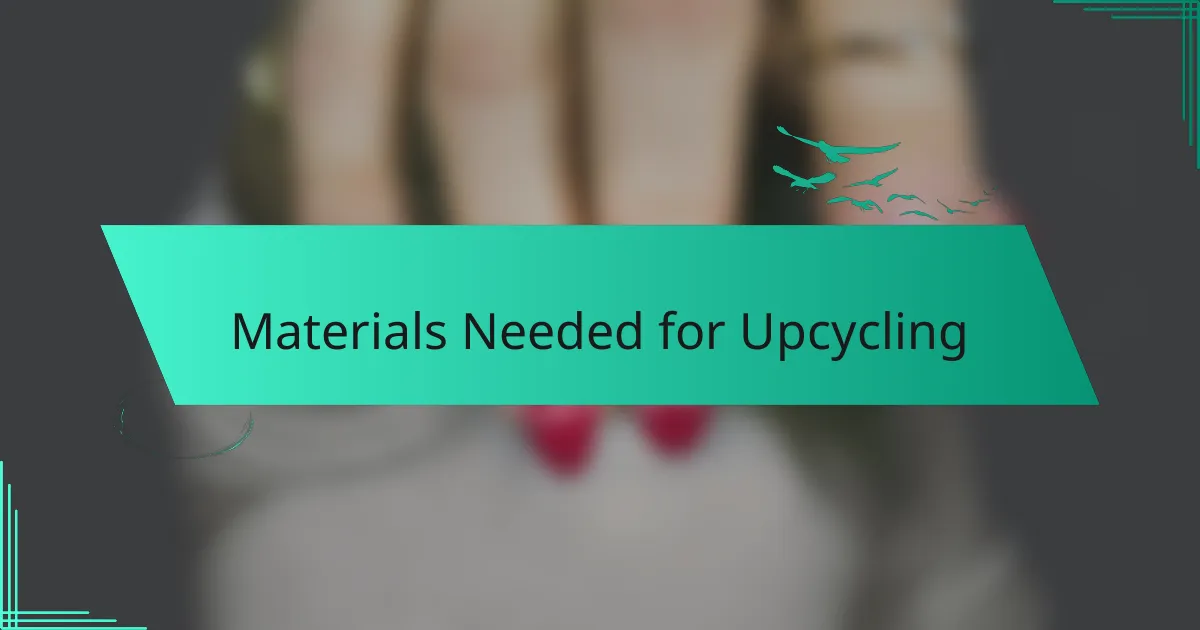
Materials Needed for Upcycling
To embark on my upcycling journey, I found that gathering the right materials is essential for unleashing creativity. You’ll definitely need your grandmother’s scarves, but don’t overlook other items like old buttons, lace, or fabric scraps. I remember rummaging through my sewing box and rediscovering forgotten treasures that added unexpected charm to my projects.
Thread and needles are crucial; I always prefer to use thread that matches the colors of the scarves to maintain a cohesive look. A good pair of scissors will also make all the difference when you’re cutting through layers of fabric. It’s surprising how such simple tools can dramatically change the outcome of a piece—I still recall the satisfaction of making a perfect cut and seeing the design come to life.
Additionally, I recommend having a sewing machine on hand if you want to speed up your process. I still cherish the sound of my grandmother’s sewing machine as I worked on my pieces, blending nostalgia with innovation. Lastly, consider a sturdy workspace; it’s amazing how an organized area can inspire creativity and productivity, making your upcycling experience even more enjoyable.
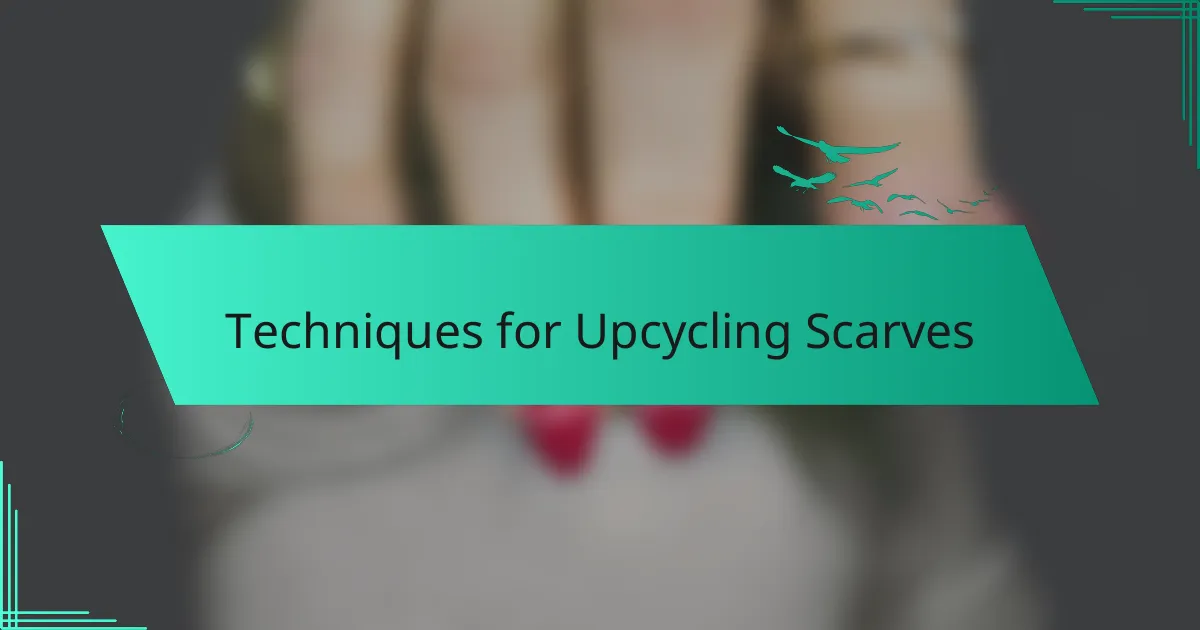
Techniques for Upcycling Scarves
Transforming my grandmother’s scarves was an eye-opening experience, and I discovered various techniques that ignited my creativity. One of my favorite methods was knotting and layering pieces together. By combining different prints and textures, I crafted unique headbands and hair ties that brought a touch of whimsy to my everyday outfits. Have you ever thought about how a simple knot could connect generations and revitalize memories?
Experimenting with fabric paint was another exciting approach. I couldn’t resist adding a splash of color to a faded scarf, and it completely transformed its look. The moment the brush met the fabric, I felt like I was painting a new story. In doing so, I not only rejuvenated an old accessory but also rediscovered my passion for art. Have you ever immersed yourself in such a project? It’s amazing how easily you can turn a forgotten piece into something vibrant and alive.
Sewing the scarves into larger items, like tote bags or pillow covers, became a game-changer for me as well. I remember the thrill of watching a flat scarf morph into a functional piece, combining style and practicality. It was like weaving my grandmother’s history into my home decor. It makes me wonder—what kind of treasures lie hidden in your cabinets, waiting for a creative touch? Upcycling truly honors the past, while breathing fresh air into our today’s lives.
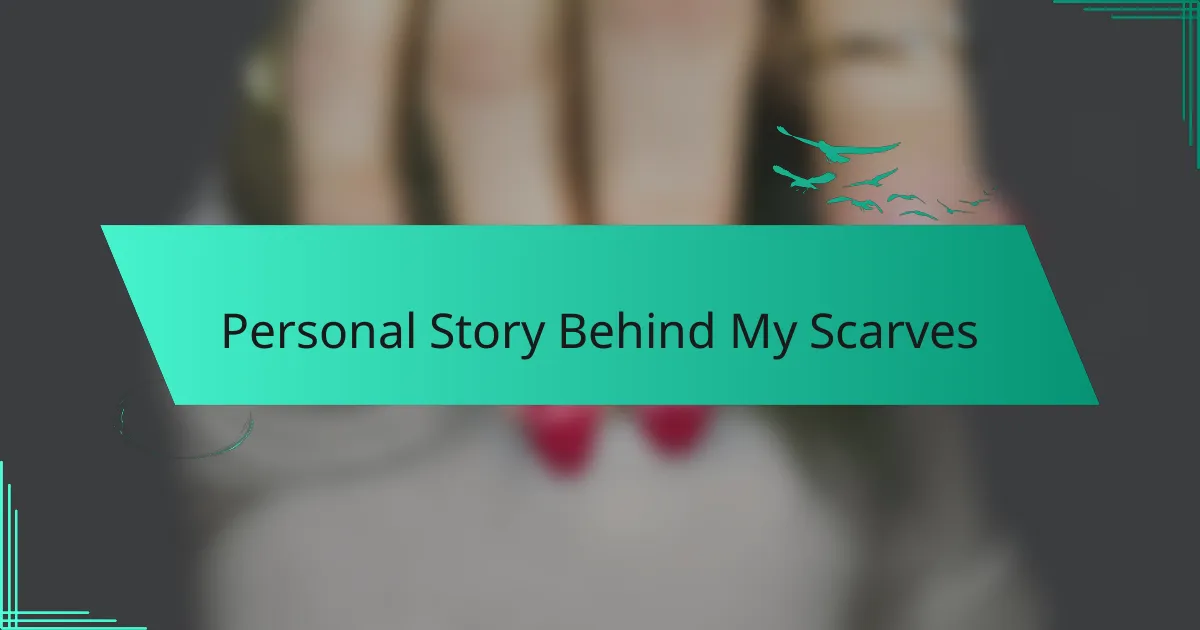
Personal Story Behind My Scarves
My grandmother’s scarves were more than just accessories; they were woven memories of her vibrant past. Each piece had its own story, from the delicate silk scarf she wore to weddings to the cozy wool one she wrapped around her during chilly evenings. As I upcycled them, I felt a deep connection, almost as if I was revisiting moments shared during family gatherings, where her laughter filled the room.
Transforming these scarves into new pieces felt like honoring her legacy. I can still picture her vibrant spirit reflected in those fabrics. It’s amazing how a simple piece of clothing can carry so much emotion and history, sparking creativity and nostalgia all at once.
| Scarf Type | Memory Associated |
|---|---|
| Silk Scarf | Worn at family weddings, symbolizing joy and elegance. |
| Wool Scarf | Wrapped around during cold evenings, evoking warmth and comfort. |
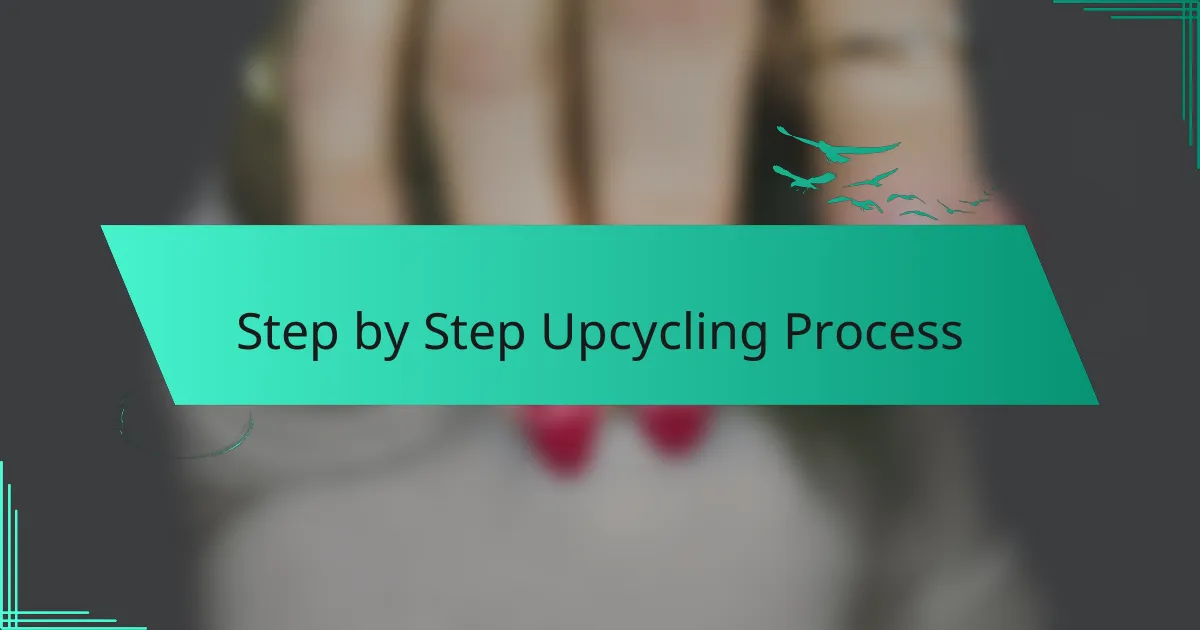
Step by Step Upcycling Process
When I first decided to upcycle my grandmother’s scarves, I was filled with nostalgia. Each scarf held a story, and transforming them into something new felt both meaningful and creative. I started by carefully selecting a few scarves that weren’t too fragile, ensuring they were still vibrant and could withstand some wear.
Next, I washed and ironed them, which was a simple way to breathe new life into the fabric. I then sketched out my ideas—whether it was converting them into a bag, a headband, or even a decorative throw pillow. In each step, I felt connected to my grandmother, as if she was guiding my hands through the process.
Here’s a quick comparison of different upcycling ideas I considered for the scarves:
| Upcycling Idea | Benefits |
|---|---|
| Fashion Accessories | Personal and trendy; easy to wear and gift. |
| Home Décor | Adds a vintage charm to any room; functional art. |
| Unique Clothing Items | Revival of vintage styles; sustainable fashion statements. |
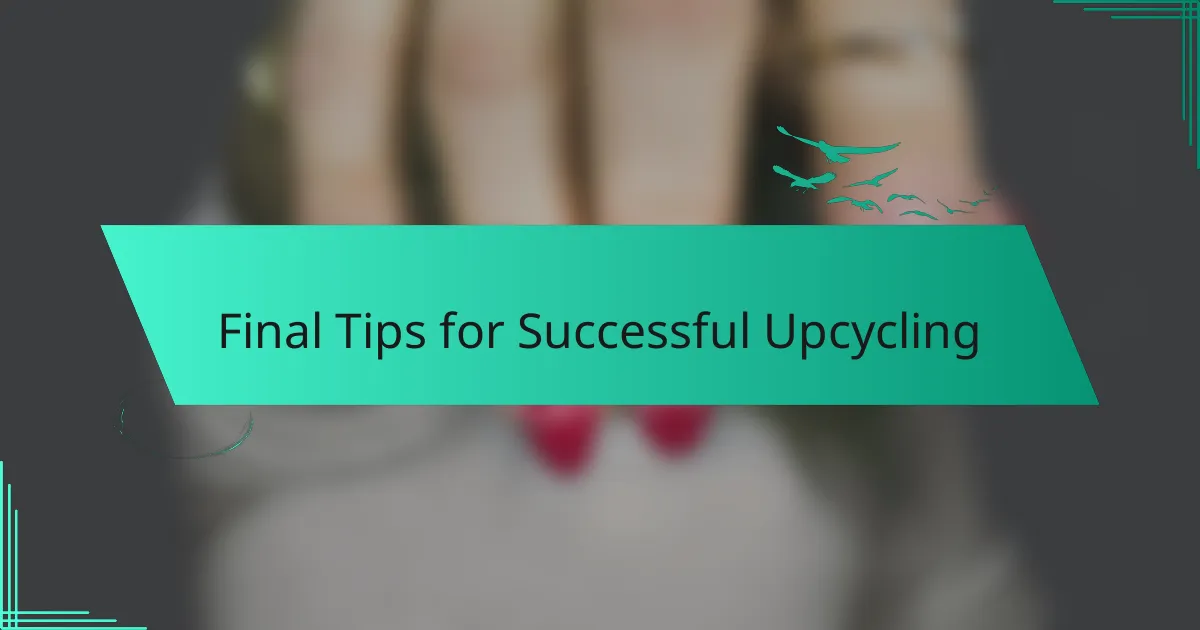
Final Tips for Successful Upcycling
When upcycling vintage fabrics, like my grandmother’s scarves, patience is as important as creativity. I recall spending an entire afternoon carefully hand-stitching a patch onto a jacket made from her favorite silks. The process was so therapeutic and fulfilling, allowing me to relive memories while designing something new.
To ensure your upcycling project is successful, consider these tips:
- Choose fabrics that inspire you; their history adds depth to your creation.
- Start with simple projects to build your confidence.
- Mix and match patterns for a unique aesthetic.
- Always pre-wash your fabrics to prevent shrinking later.
- Take your time; every piece has a story waiting to be told.
By following these tips, you’ll not only honor your grandmother’s legacy but also create one-of-a-kind pieces that resonate with your personal style.
